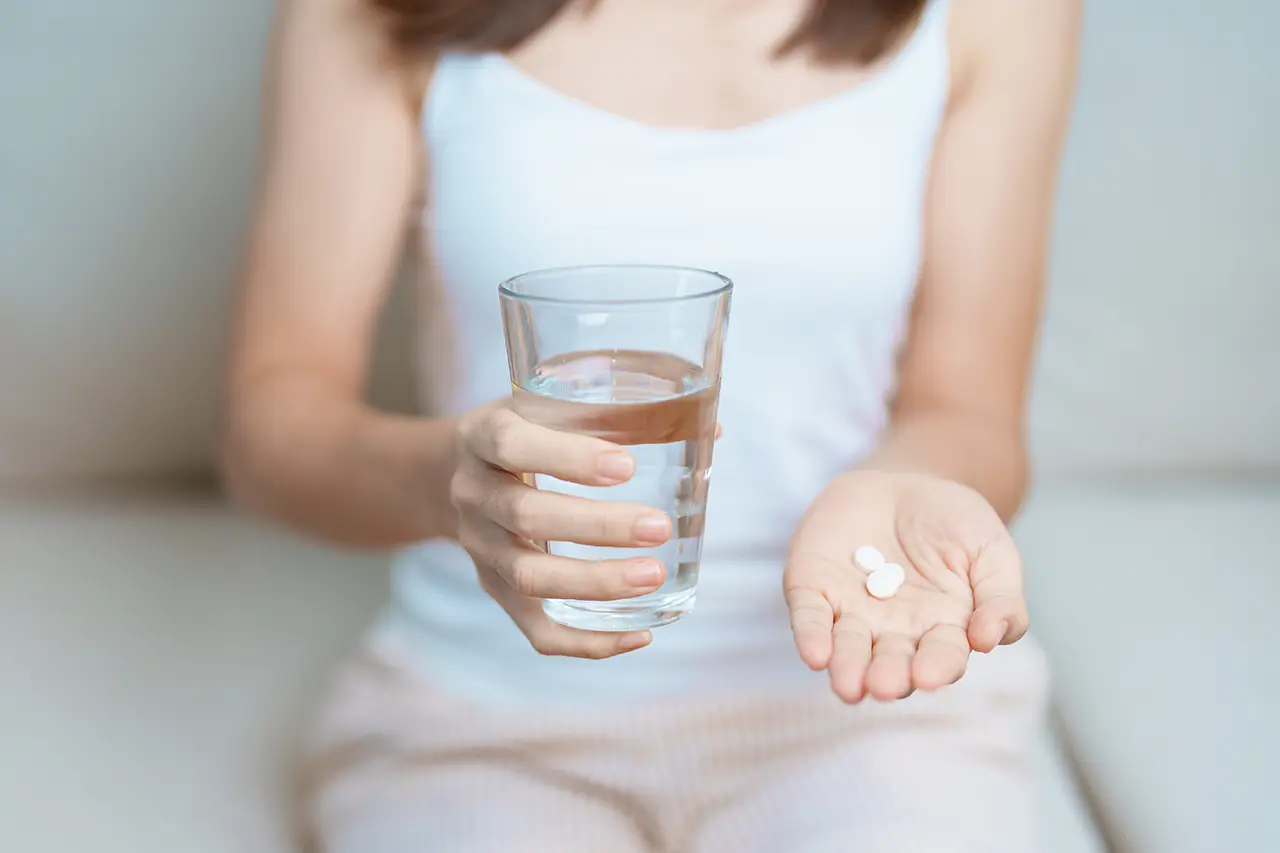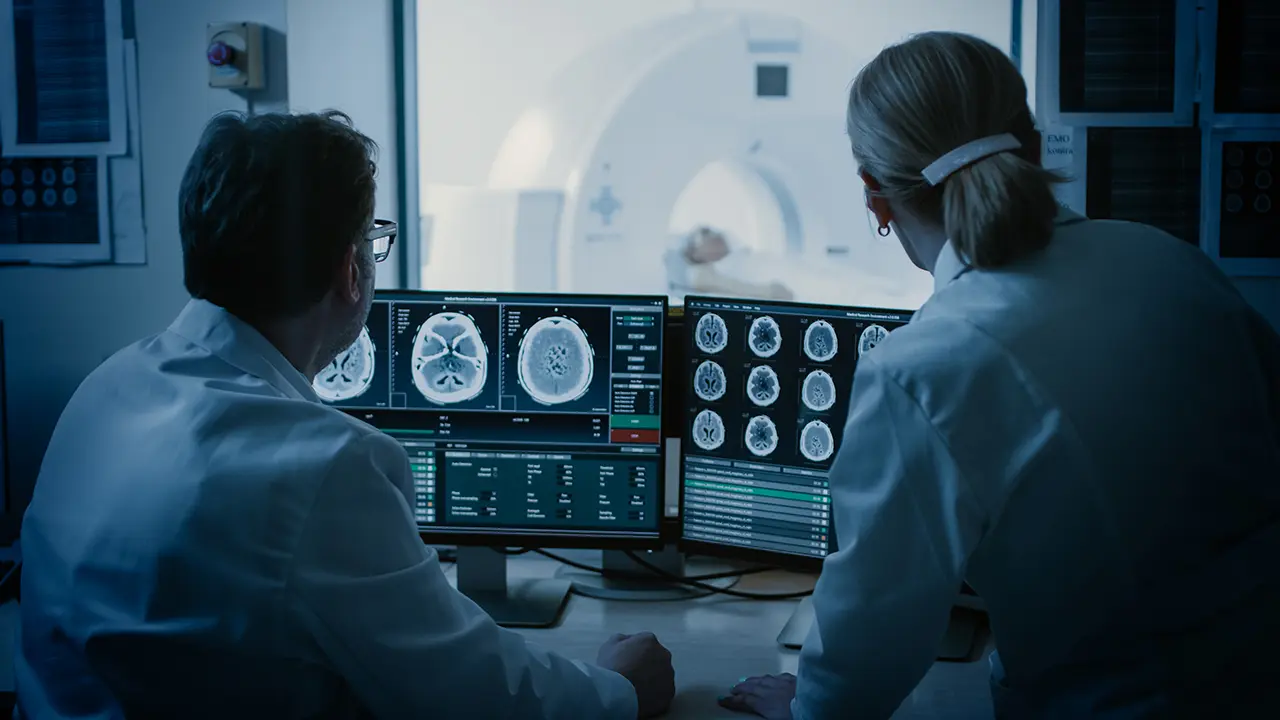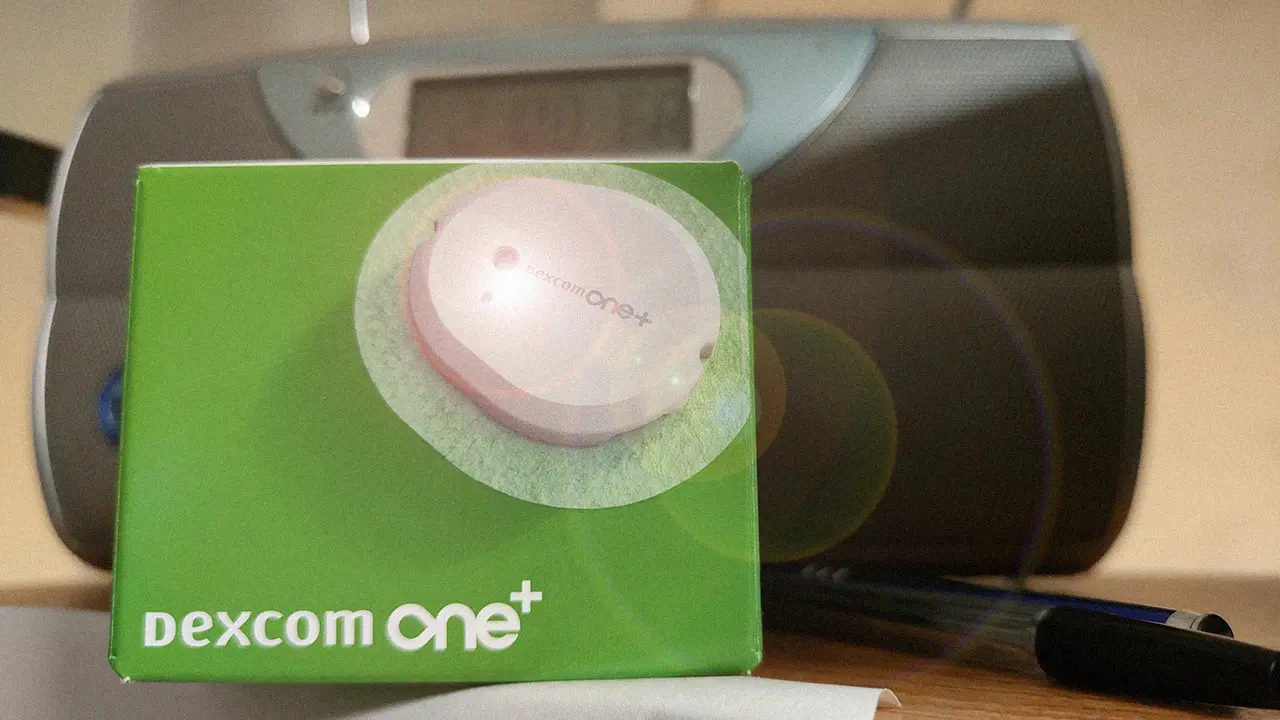Table of contents

Charles Herbert Best – Canadian physiologist, the youngest of the co-discoverers of insulin, was born on February 27, 1899 in West Pembroke, Maine, United States. (His parents; Luella Fisher Best and Herbert Huestis Best – a physician, were Canadian citizens from Nova Scotia). After graduating from high school in 1915. Best moved to Toronto, briefly attended Harbord Collegiate and then began his undergraduate studies at the University. In 1918, he enlisted in the Canadian Army (Seventy Horse Artillery Battery) in Petawawa, Ontario, and then across the border in Wales in the Second Canadian Tank Battalion. He returned to Toronto in 1919 to complete his bachelor’s degree in physiology and biochemistry.
On how Charles Best ended up in Frederic Beting’s team.
In July 1920, Best became engaged to Margaret Hooper Mahon at the farm of his friend and classmate Edward Clark Noble. The two friends worked as research assistants under the supervision of Professor JJR Macleod. In the spring of 1921. Best and Noble completed a course in physiology and biochemistry. The two men were to begin graduate studies at the University of Toronto the following year. Professor Macleod offered them the opportunity to spend part of the summer working with Dr. Frederick Banting on experiments on degraded dogs. Apparently, none of the students had any desire to participate, and they ended up drawing lots. The unlucky one was 22-year-old Charles Best. It didn’t take long for it to turn out to be the luckiest bad luck of his life. Noble was supposed to replace Best in July, but they agreed that Best, who had achieved surgical proficiency in the required operations, would stay until the end of the summer. Discoveries made in the laboratory during the summer of 1921 determined the future course of Best’s career. As a 22-year-old medical student at the University of Toronto, he worked as an assistant to surgeon Dr. Frederick Banting and contributed to the discovery of the pancreatic hormone insulin, which led to the successful treatment of diabetes.
Family
In September 1924, Best married Margaret Hooper Mahon (1900 – 1988). They had two sons. One son Henry Bruce was a respected historian and later became president of Laurentian University in Sudbury, Ontario. Best’s other son, Charles Alexander, was a Canadian politician and geneticist.
Career
In 1925, he graduated from medical school with honors, winning a scholarship. That same year, Best and his wife moved to London. where Best did postgraduate work under the supervision of Henry Hallet Dale, director of the National Institute of Medical Research in London. In 1928, Best received a postdoctoral degree. Mr. and Mrs. Best returned to Toronto. Best became Head of the University’s Department of Physiology in the position left by Macleod and on his recommendation. Best continued to study the physiological action of insulin and led teams investigating the discovery of histamine and choline. In 1929, he assembled a team to study the purification of heparin. Heparin, an anticoagulant of the blood, was discovered in 1916 at Johns Hopkins University (in Baltimore, in the United States), but remained toxic until Best and his colleagues succeeded in developing a purified heparin extract safe for use in humans. In 1935, heparin was tested surgically in Toronto. It was available on a large scale. None of the open heart surgery or organ transplants performed today would be possible without heparin. In 1939, Best joined the war effort, initiating the Canadian Blood Serum Project, which produced dried human serum for military use. In 1942, he was appointed director of the Royal Canadian Navy’s medical research unit as a surgeon, with the rank of lieutenant. While in this position, he began studying night vision, motion sickness, nutrition and other conditions affecting naval personnel at sea. In 1943, Best was promoted to surgeon captain. After the war, he again focused on diabetes. He led a research team seeking a method to stimulate the islets of Langerhans to produce insulin in diabetic patients, and organized support groups and educational programs for diabetics. In 1940, Banting and Best became honorary presidents of the newly formed American Diabetes Association. Best also became honorary president of the International Diabetes Federation and the Canadian Diabetes Association. In the 1950s, in recognition of Best’s contributions to Canadian research, the University of Toronto drew up plans to build the Charles H. Best Institute. The building was erected in 1953 next to the Banting Institute. In the 1950s, Best’s textbooks, co-written with Norman Burke Taylor, were in print and in use (The Human Body and Its Functions, Physiological Foundations of Medicine, Practice and the Living Body). He was a scientific expert to the International Health Organization. In 1967 he was awarded the Order of Canada.
In 1965, after a serious illness, Best withdrew from his university post. From 1971 to 1972, he and his wife participated in events marking the fiftieth anniversary of the discovery of insulin, giving lectures and attending ceremonies in various parts of the world.
He died in a Toronto hospital on March 31, 1978, a week after hearing the news that his eldest son had succumbed to a heart attack. He was 79 years old. He is buried in Mount Pleasant Cemetery in Toronto near Sir Frederick Banting. In 1994, Charles Herbert Best was inducted into the Canadian Medical Hall of Fame, and in 2004 he was inducted into the Inventors Hall of Fame.
How useful was this post?
Click on a star to rate it!
Average rating / 5. Vote count:
No votes so far! Be the first to rate this post.








